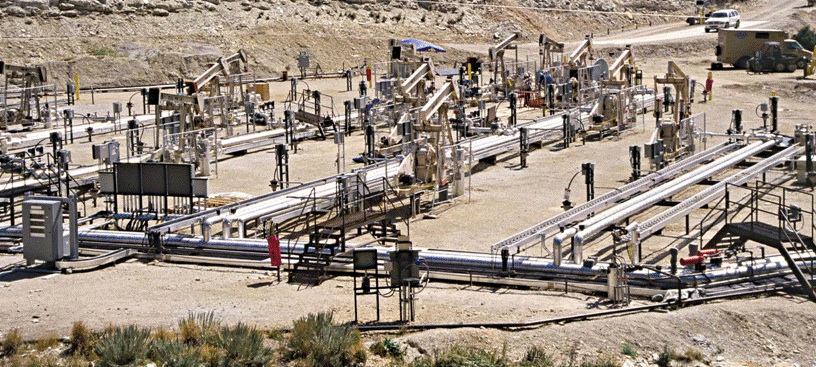Colony Shale, The First Solyndra

Solyndra is a lesson in how the substitution of wishful thinking for green eyeshades can stimulate the growth of costly energy carbuncles that emit malodorous political fumes.
Today it is Solyndra. Yesterday it was Colony Shale.
Don’t remember Colony Shale? Coloradans do. In the mesa country of northwestern Colorado, May 2, 1982 is still referred to as Black Sunday. That's the day Exxon pulled the plug on a $5 billion extravaganza to excavate massive quantities of sedimentary rock, cook it in massive ovens to extract kerogen, a low-grade hydrocarbon within the rock, and produce an oil-like liquid suitable for refining into diesel and jet fuel. The operation would have consumed spectacular quantities of water in an arid region.
Colony Shale was a mushroom spawned by Jimmy Carter's rain of federal subsidies aimed at developing kerogen, colloquially known as oil shale, as a made-in-America alternative to high-priced OPEC oil.
When oil prices took a dive, Exxon quickly figured that oil shale wouldn't pay, shut down Colony, and vamoosed from the business. Money and political reputations weren't the only things that were lost when the boom went bust. Jobs vanished. Homes went into foreclosure. Businesses crumpled. Marriages broke. Desperate breadwinners poached wild game to feed their families.
To this day, oil price volatility is a barrier to developing a viable oil shale business. Producers have to be sure that conventional crude prices will remain high enough long enough for oil shale to be competitive and yield a return on the hefty up-front investment required to stand up oil shale plants.
Same sort of thing happened with Solyndra, whose ill-fated plant was supposed to produce cylindrical photovoltaic modules based on CIGS (copper indium gallium diselenide) thin films, with which markets have less experience than conventional photovoltaics fabricated from silicon.
Obama administration officials apparently didn't see or didn't take seriously warning signs that the price of silicon was headed down. High silicon prices were an essential underpinning of Solyndra's business model, which counted on competitors producing conventional silicon panels paying a high price for their feedstock.
An obvious lesson from the Solyndra and Colony Shale fiascos is this: Investments in cutting-edge technologies are inherently risky. When public dollars are used as risk capital and federal overseers don't do their homework, there is a good chance that a flaming scandal will erupt. Predictably, headline-hunting politicians will make like Casablanca's Captain Renault and pronounce themselves shocked, shocked that the government is gambling with taxpayers' money.
Consequently, should the federal government stop using public dollars as risk capital for chancy technologies? Should the Department of Energy underwrite research, enforce energy efficiency standards, and let it go at that?
Given the briar patch of security risks, economic volatility, and environmental damage that are inseparable from oil dependence, a minimalist approach to energy policy is not sufficient.
Government largesse, however, cannot guarantee success. Fostering market conditions that will encourage the growth of cleaner energies made in America must be a central part of the game plan.
One way to put energy policy onto a sounder, market-oriented footing that attacks the status quo without risking the waste of taxpayer dollars on boondoggles would be folding energy into broad tax reform. Bulldoze the tax code and start afresh. Make a bonfire of credits, deductions, exclusions, inclusions, and other dangling whereases, take an ax to rates, and shift some taxation from things we like – e.g. work, savings, investment – to things we don't – e.g. pollution.
Could "going big" on tax reform rationalize our energy policy in the bargain? It's worth a serious debate.

